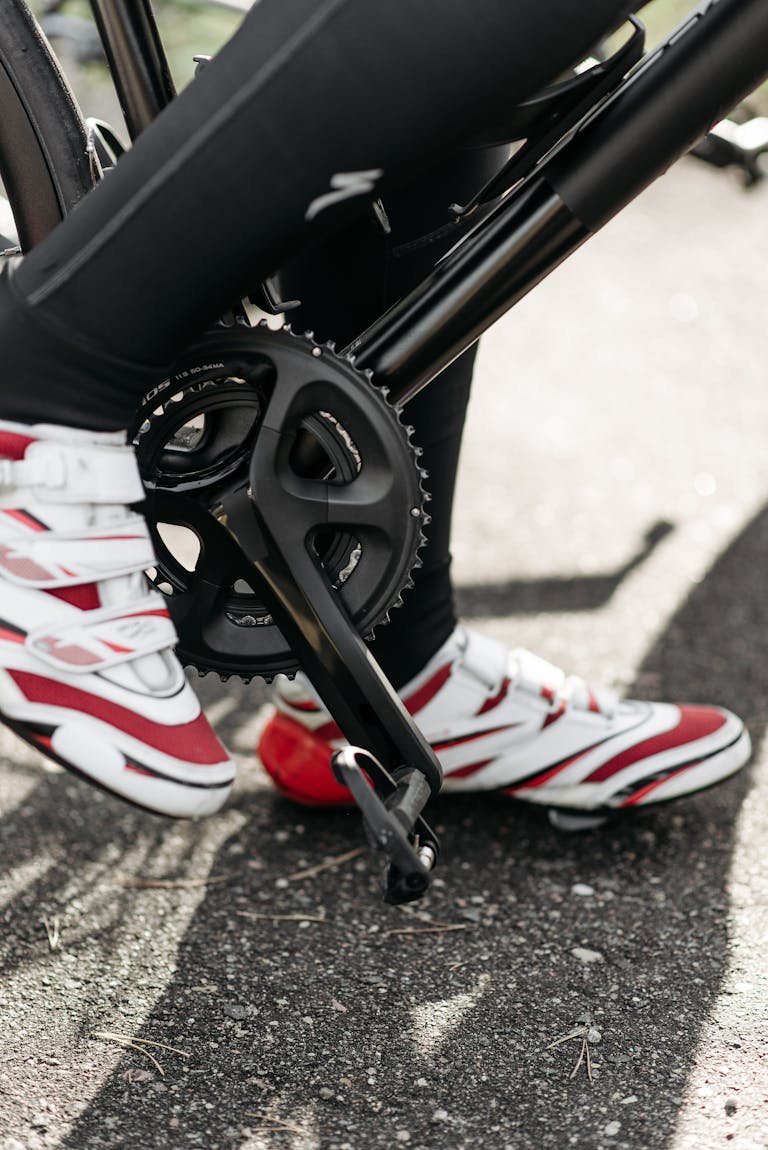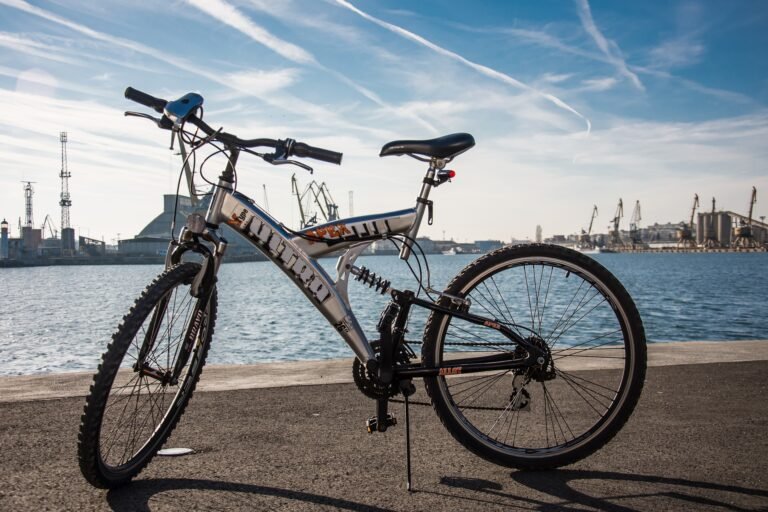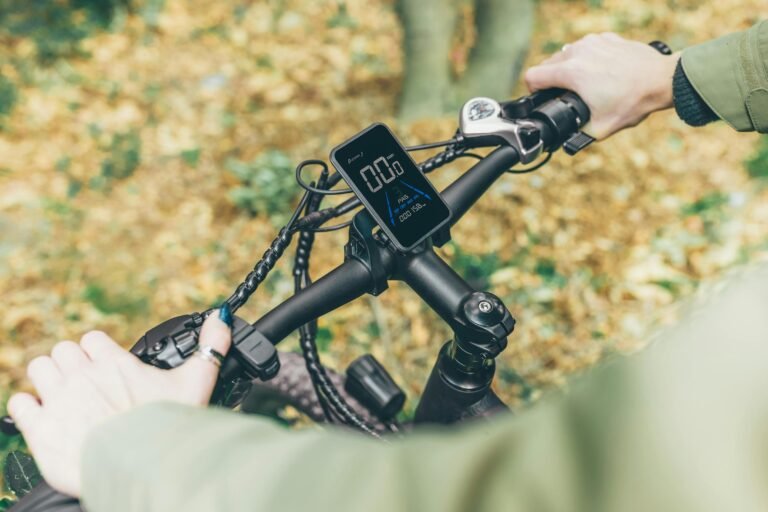Best Carbon Fiber E-Bikes in 2025: Buyer’s Guide and Top Picks
Looking for the ultimate carbon fiber e-bike that combines cutting-edge technology, lightweight design, and unbeatable performance? You’re in the right place! Carbon fiber e-bikes have revolutionized electric cycling, offering riders an unprecedented combination of strength, weight reduction, and electric power.
In 2025, the market is exploding with innovative models that promise to transform your riding experience. Did you know that a top-tier carbon fiber e-bike can weigh up to 40% less than traditional electric bikes? Get ready to dive into the world of high-performance electric cycling!
Why Choose a Carbon Fiber E-Bike?
- Unmatched weight savings
- Superior ride quality
- Enhanced durability
- Improved energy efficiency
- Better handling and performance
- Premium aesthetic appeal
Weight Savings: The Game-Changing Advantage
Let’s look at the numbers. A typical steel e-bike weighs around 55-65 pounds. A carbon fiber e-bike? We’re looking at 40-50 pounds – that’s a serious weight reduction of 15-25%. For urban riders, this means:
- Easier lifting up stairs
- More efficient battery usage
- Less strain during manual pedaling
- Improved overall maneuverability
Ride Quality That Feels Like Magic
Carbon fiber isn’t just light – it’s a material engineered to absorb road vibrations like nothing else. While aluminum frames transfer every bump and crack, carbon fiber literally dampens road noise. It’s like the difference between riding on a wooden board versus a high-end suspension system. Check out my other article on bike frames here.
Durability: Stronger Than You’d Expect
Carbon fiber is incredibly durable. Modern manufacturing techniques have transformed this material from potentially fragile to remarkably robust. These frames can withstand:
- Intense urban riding conditions
- Temperature fluctuations
- Repeated stress and impact
- Significantly more wear than traditional materials
Energy Efficiency: Maximum Performance, Minimum Effort
The lightweight nature of carbon fiber translates directly into energy efficiency. Less weight means:
- Reduced battery drain
- Longer riding ranges
- Faster acceleration
- More responsive pedal assistance
An e-bike that weighs less simply performs better across every metric that matters.
Handling and Performance: Precision Engineering
Carbon fiber allows for incredibly precise frame geometries. Manufacturers can fine-tune tube shapes, wall thicknesses, and structural characteristics in ways impossible with metal frames. The result? A bike that handles amazing.
The Aesthetic Factor: Let’s Be Real
There’s no getting around it – carbon fiber looks stunning. These bikes have a sleek, sophisticated appearance that turns heads. It’s not about showing off; it’s about riding a piece of future technology.
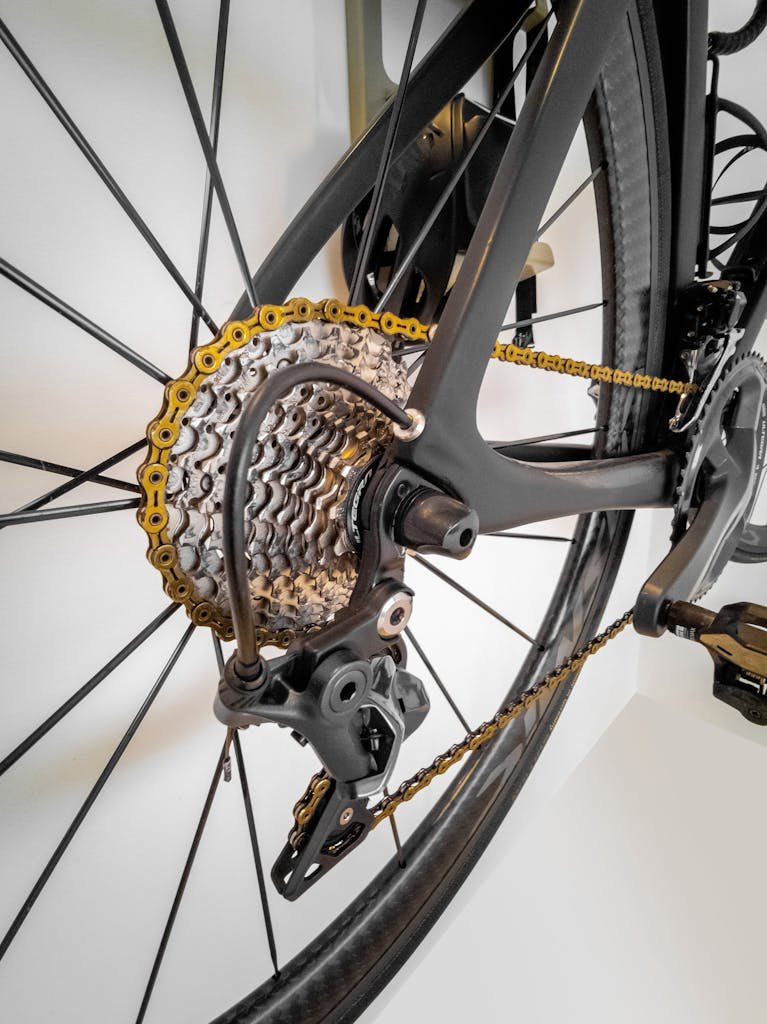
Cost Considerations: Investment vs. Expense
Yes, carbon fiber e-bikes cost more upfront. But consider this as a long-term investment:
- Lower maintenance costs
- Better performance
- Longer lifespan
- Higher resale value
Think of it like buying a high-quality tool versus a disposable alternative.
Who Should Consider a Carbon Fiber E-Bike?
Perfect for:
- Urban professionals
- Serious commuters
- Performance-oriented riders
- Those who value technology and design
- Riders looking for maximum efficiency
My Personal Recommendation
Don’t just take the marketing hype at face value. Test ride a carbon fiber e-bike. Feel the difference in weight, responsiveness, and overall ride quality. Once you experience it, you’ll understand why enthusiasts are so passionate about this material.
The Carbon Fiber E-Bike Lineup: Cutting-Edge Rides for Urban Adventurers
After weeks of research, conversations with bike experts, and diving deep into online reviews, I’ve compiled the ultimate guide to the most impressive carbon fiber e-bikes hitting the market in 2025. These aren’t just bikes – they’re the next generation for riding.
The Urban Professional’s Dream

Specialized Turbo Vado SL Carbon
Key Specifications:
- Carbon fiber frame
- 240W mid-drive motor
- 40-60 mile range
- Weight: 33 lbs (incredibly light!)
Price Range: $4,800 – $6,500
Pros
Cons
Best For: Urban professionals, serious commuters, fitness enthusiasts
Performance Meets Innovation
Cannondale SuperSix EVO Neo
Key Specifications:
- Full carbon frame
- 250W Bosch Performance Line motor
- 50-70 mile range
- Weight: 37 lbs
Price Range: $5,200 – $7,000
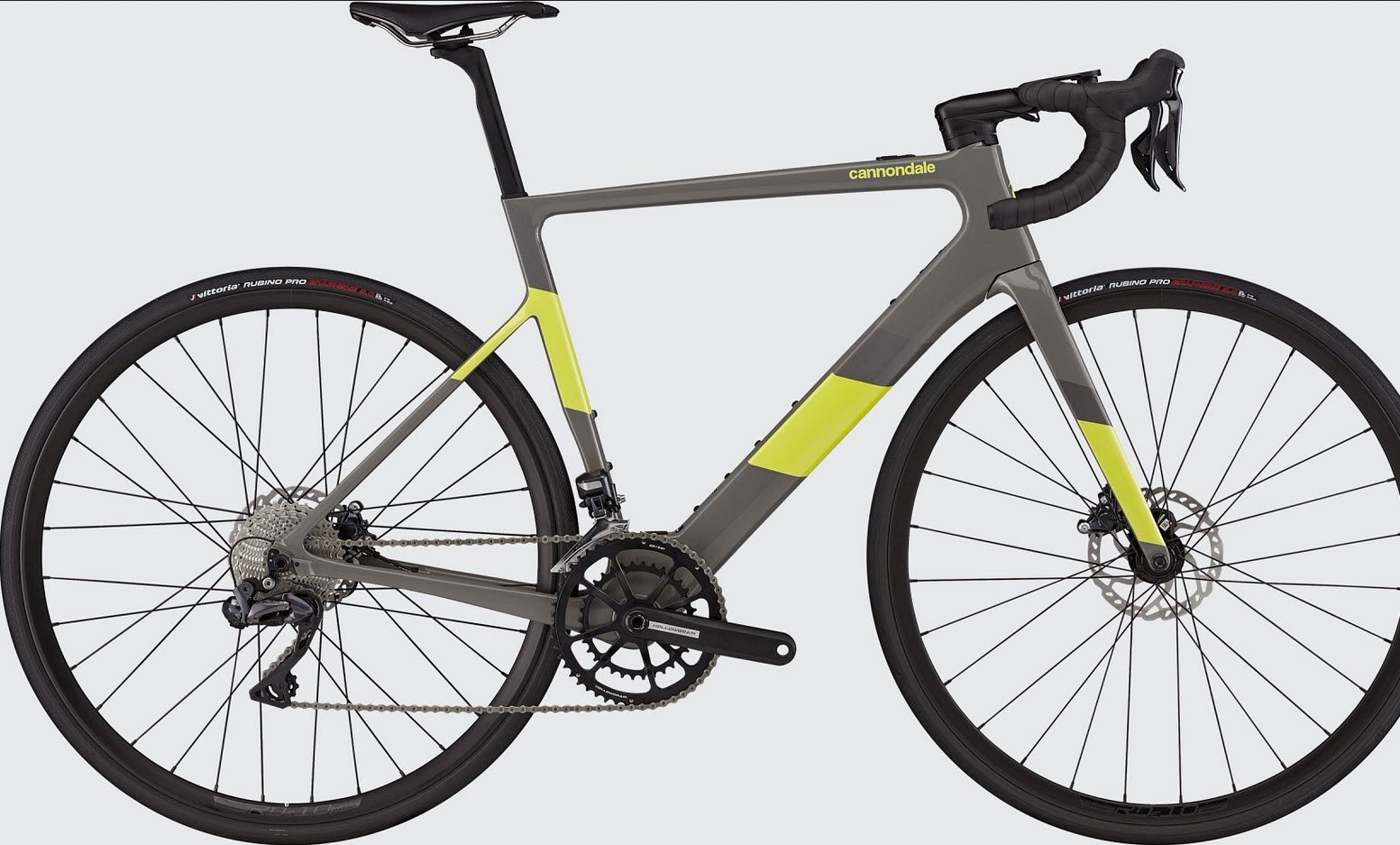
Pros
Cons
Best For: Performance cyclists, techie riders, long-distance commuters
British Engineering At It’s Finest
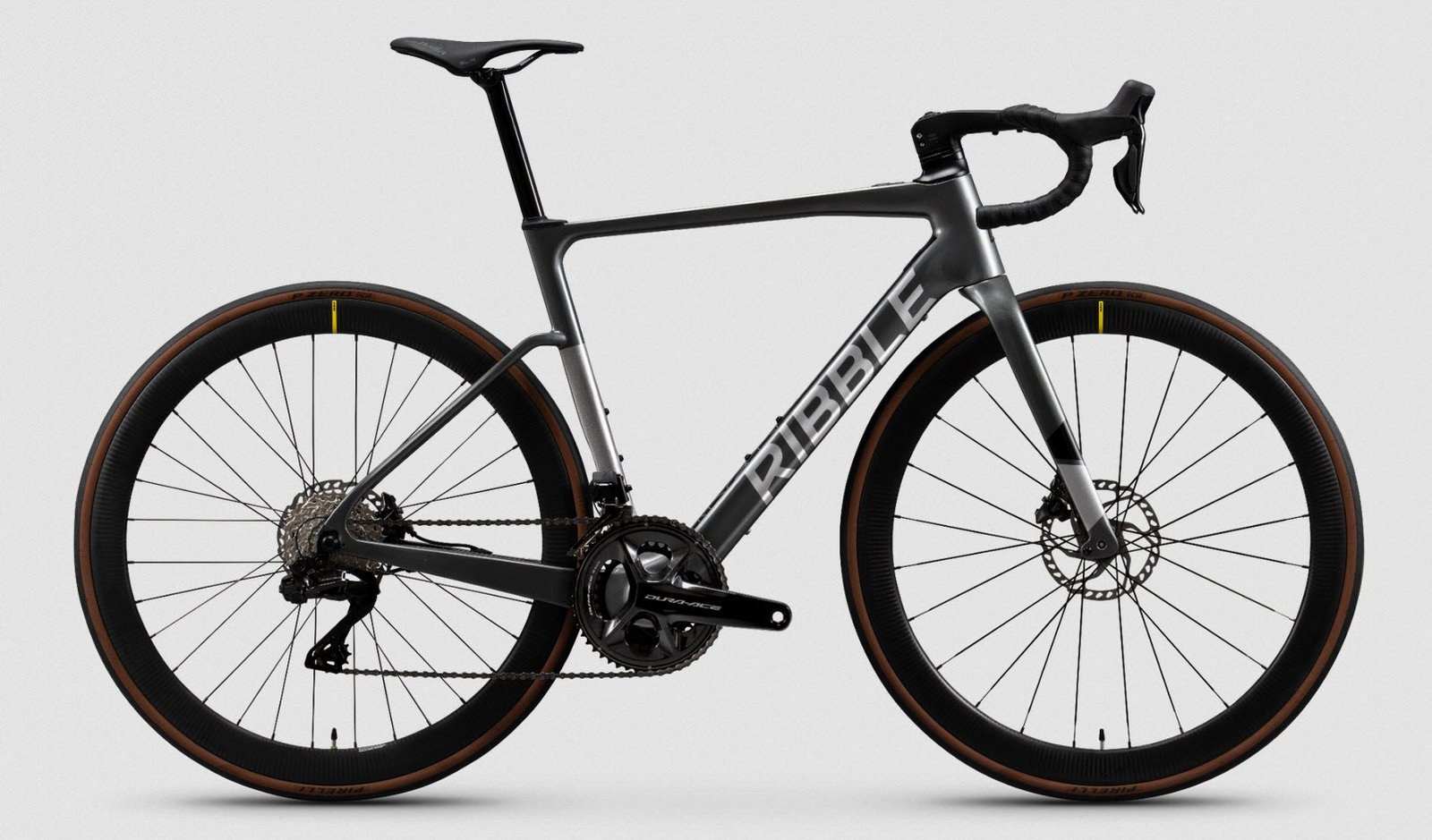
Ribble Endurance SL e Hero
Key Specifications:
- Full carbon monocoque frame
- 250W rear hub motor
- 40-55 mile range
- Weight: 35 lbs
Price Range: $3,500 – $8,800
Pros
Cons
Best For: Style-conscious riders, long-distance commuters, weekend warriors
The All-Rounder Champion
Trek Domane+ SLR 9
Key Specifications:
- Advanced carbon fiber construction
- 250W Fazua motor system
- 60-80 mile range
- Weight: 36 lbs
Price Range: $6,300 – $13,000
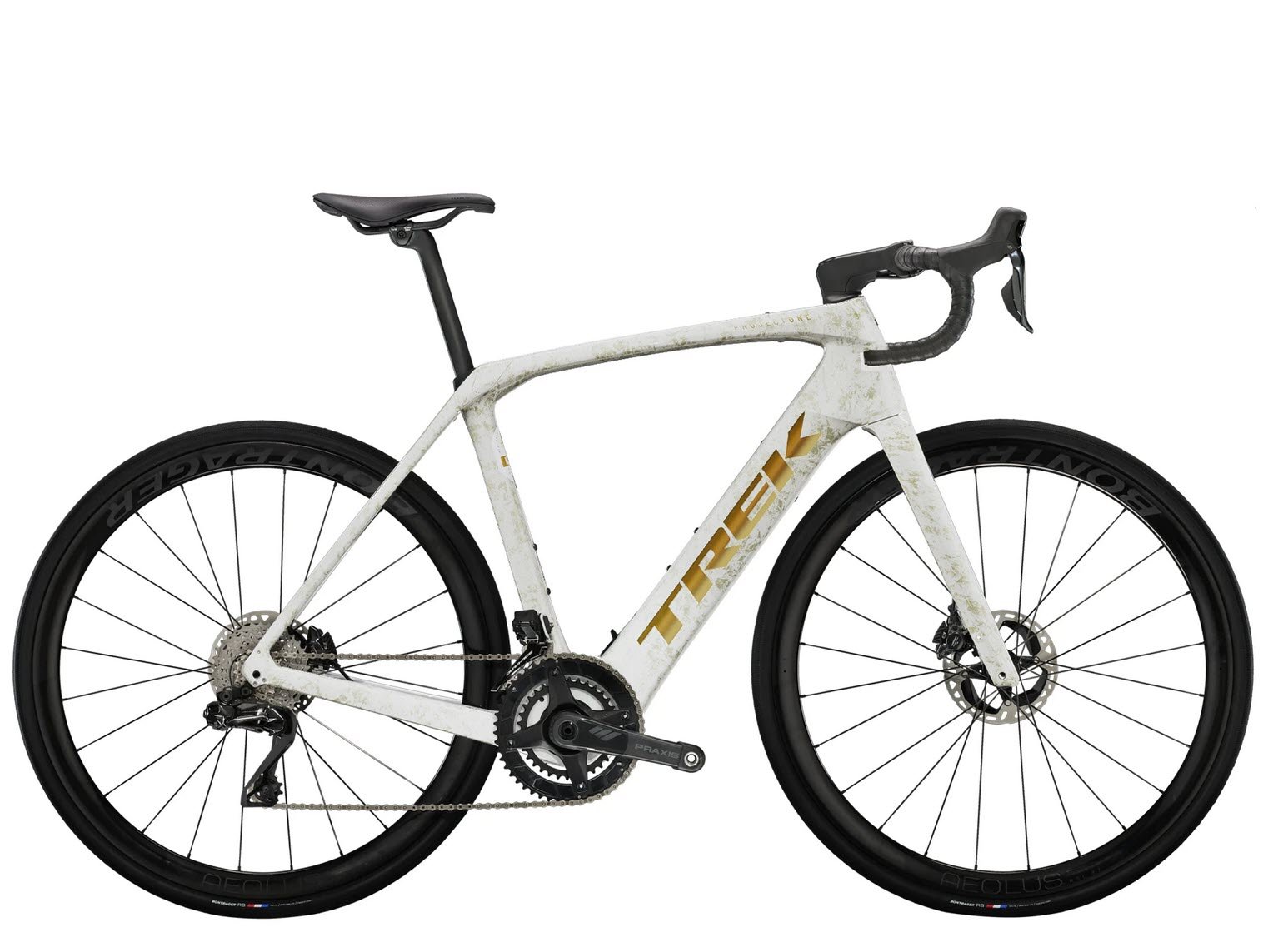
Pros
Cons
Best For: Riders seeking versatility, multi-terrain enthusiasts
Comparative Performance Metrics
When comparing these top-tier carbon fiber e-bikes, consider:
- Motor efficiency
- Battery range
- Weight
- Comfort features
- Smart technology integration
Buying Considerations
Before investing in a carbon fiber e-bike:
- Test ride multiple models
- Consider your primary use case
- Check local support and maintenance options
- Evaluate battery and motor warranty
- Consider total cost of ownership
The Future of Carbon Fiber E-Bikes
The market is rapidly evolving. Expect:
- More advanced motor technologies
- Lighter frame designs
- Enhanced smart features
- Improved battery efficiency
- More affordable options
My Personal Recommendation
Don’t just buy based on specs. Find a bike that matches your riding style, urban environment, and personal preferences. These aren’t just transportation – they’re an investment in your mobility and lifestyle.
Carbon fiber e-bikes represent the bleeding edge of urban transportation technology. Choose wisely, ride passionately.
Navigating the Carbon Fiber E-Bike Maze: Your Ultimate Buying Guide
So many specs, so many options, and prices that could make your wallet weep. I’ve cracked the code to finding the perfect carbon fiber e-bike.
Budget: More Than Just a Price Tag
Carbon fiber e-bikes aren’t cheap, but they’re an investment. Based on our previous top models, expect to spend:
- Entry-Level: $3,500 – $5,500
- Mid-Range: $5,500 – $6,500
- High-End: $6,500 – $13,000
Pro tip: Don’t just look at the initial cost. Consider:
- Maintenance expenses
- Battery replacement costs
- Potential resale value
- Long-term performance
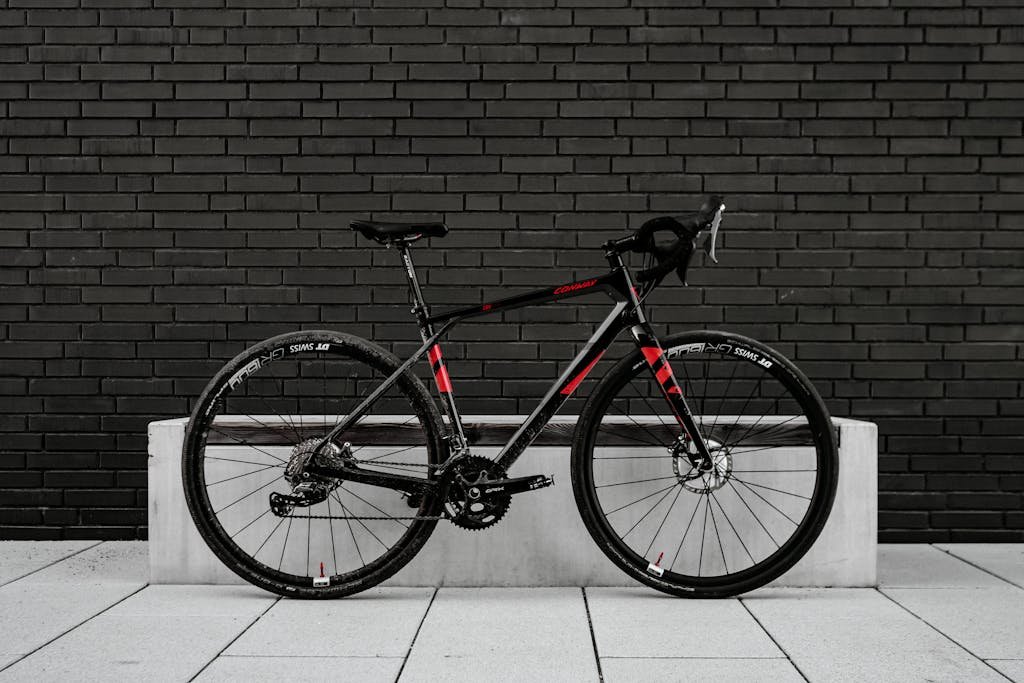
Evaluating Your Riding Style: The Most Critical Step
Your perfect e-bike depends entirely on how you’ll use it:
Urban Commuter
- Look for: Specialized Turbo Vado SL Carbon
- Ideal Features:
- Lightweight design
- Smooth pedal assist
- Integrated rack options
- Comfortable geometry
Performance Enthusiast
- Look for: Cannondale SuperSix EVO Neo
- Ideal Features:
- Powerful motor
- Advanced performance metrics
- Responsive handling
- Aggressive riding position
Versatile Rider
- Look for: Trek Domane+ SLR 9
- Ideal Features:
- Multiple riding modes
- Removable motor system
- Comfort-focused design
- Adaptable to different terrains
Motor and Battery: The Heart of Your E-Bike
Critical specifications to evaluate:
Motor Considerations
- Power Output: 250W – 350W typical range
- Placement: Mid-drive vs. hub motor
- Efficiency: Look for smooth power delivery
- Noise Level: Quieter is better for urban riding
Battery Metrics
- Range: 40-80 miles typical for top models
- Charging Time: 3-5 hours average
- Battery Management System (BMS) quality
Frame Size and Geometry: Getting the Perfect Fit
Crucial fitting considerations:
- Measure your inseam accurately
- Consider riding position (upright vs. aggressive)
- Test ride multiple frame sizes
- Check standover height
- Evaluate reach and stack dimensions
Component Quality Assessment
Key components to inspect:
- Drivetrain: Shimano, SRAM, or Campagnolo
- Brakes: Hydraulic disc preferred
- Wheels: Carbon or high-quality aluminum
- Tires: Puncture-resistant, appropriate width
- Suspension: Integrated comfort features
Performance Metrics to Consider
Evaluate these critical performance factors:
- Acceleration
- Hill-climbing ability
- Battery efficiency
- Handling responsiveness
- Comfort over different surfaces
Warranty and Support: Your Long-Term Protection
Look for:
- Minimum 2-year frame warranty
- 1-2 year motor and battery coverage
- Local dealer support
- Comprehensive service options
- Availability of replacement parts
Comparative Model Insights:
Specialized Turbo Vado SL Carbon
- Standout Feature: Incredibly lightweight
- Ideal Terrain: City streets, light trails
Cannondale SuperSix EVO Neo
- Standout Feature: Race-level performance
- Ideal Terrain: Mixed urban and recreational
Ribble Endurance SL e Hero
- Standout Feature: Customization options
- Ideal Terrain: Long-distance commuting
Trek Domane+ SLR 9
- Standout Feature: Removable motor system
- Ideal Terrain: Multiple environments
Understanding Carbon Fiber: A Delicate Powerhouse
Carbon fiber is simultaneously incredibly strong and surprisingly fragile. Unlike metal frames, it requires a completely different approach to maintenance:
Cleaning Dos and Don’t s
- Use soft, microfiber cloths
- Avoid high-pressure water streams
- Never use abrasive cleaning materials
- Use specialized carbon fiber cleaning solutions
- Inspect for hairline cracks after every deep clean
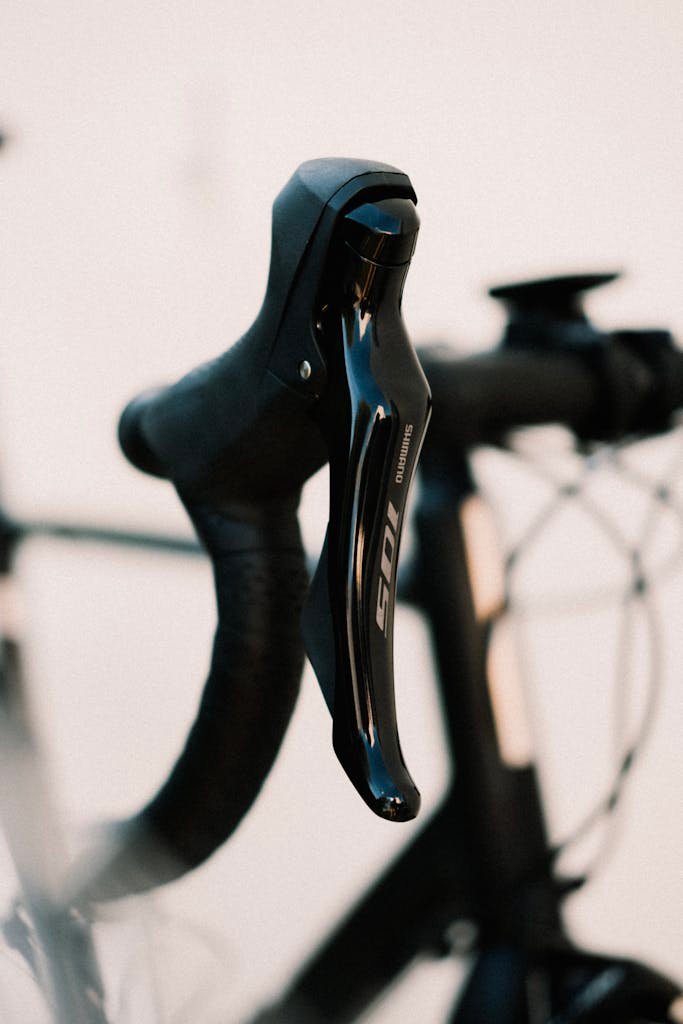
Battery Maintenance: The Lifeline of Your E-Bike
Battery care is where most riders make critical mistakes:
Optimal Battery Preservation
- Store at 50-70% charge during off-season
- Avoid extreme temperatures
- Charge in a cool, dry environment
- Never fully deplete the battery
- Aim for partial charges rather than full cycles
Expected Battery Lifecycle
- Average lifespan: 3-5 years
- Typical replacement cost: $500-$800
- Capacity reduction: About 20% per year
Recommended Service Intervals
Professional maintenance schedule:
- Monthly: Basic visual inspection
- Every 500 miles: Comprehensive system check
- Annually: Full professional service
- Every 2 years: Major component evaluation
Estimated Annual Maintenance Costs
- Basic tune-up: $100-$200
- Comprehensive service: $250-$400
- Potential replacement parts: $300-$600
Component Replacement Considerations
Critical components to budget for:
- Motor: $500-$1,000
- Battery: $600-$800
- Drivetrain: $200-$400
- Tires: $100-$200 per set
- Brake system: $150-$300
Protecting Your Investment
Insurance and protection strategies:
- Specialized e-bike insurance: $100-$300 annually
- Theft protection plans
- Comprehensive cycling insurance
- Warranty extensions
Longevity Expectations
With proper maintenance, expect:
- Frame lifespan: 7-10 years
- Motor lifespan: 5-7 years
- Battery lifespan: 3-5 years
- Overall bike usability: 5-8 years
Common Maintenance Mistakes to Avoid
- Ignoring small cracks or damages
- Improper storage
- Inconsistent charging habits
- Neglecting software updates
- Skipping professional services
DIY vs. Professional Maintenance
When to do it yourself:
- Basic cleaning
- Tire pressure checks
- Simple adjustments
- Software updates
When to seek professional help:
- Electrical system diagnostics
- Motor issues
- Frame inspections
- Complex component replacements
Cost-Saving Maintenance Tips
- Learn basic bicycle maintenance
- Invest in quality tools
- Purchase maintenance manuals
- Join local e-bike owner groups
- Consider manufacturer-certified service centers
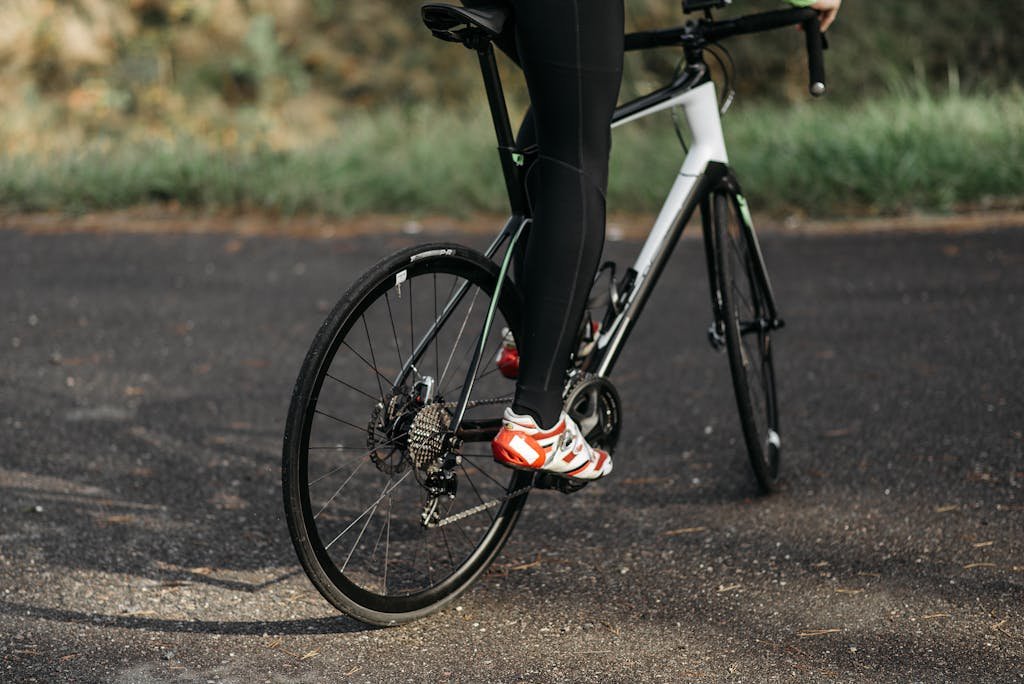
The Material Science of E-Bikes: Not All Frames Are Created Equal
Aluminum: The Budget-Friendly Workhorse
Aluminum frames are the bread and butter of the e-bike world. They’re lightweight, affordable, and get the job done. Most entry-level e-bikes use aluminum because it balances cost and performance. My first e-bike was aluminum, and while it wasn’t a speed demon, it introduced me to the electric cycling world without breaking the bank.
Carbon Fiber: The Performance Powerhouse
Carbon fiber is like the sports car of e-bike materials. Incredibly light and stiff, these frames transform your riding experience. I remember my first carbon fiber test ride – it felt like the bike was riding on air. The weight savings are dramatic, often cutting 10-15 pounds off your ride compared to aluminum.
Steel: The Nostalgic Performer
Steel frames are the OG’s of the e-bike world. They’re heavy but incredibly durable. However, for performance riders, the extra weight is a significant drawback.
Performance Metrics That Matter
Here’s some real talk: material choice impacts everything. Carbon fiber offers the best power transfer and efficiency. Aluminum provides a solid middle ground. Steel? It’s robust but sluggish.
Quick Buying Tips
- Budget riders: Stick with aluminum
- Performance enthusiasts: Consider carbon fiber
- Durability lovers: Steel might be your best bet
Final Thoughts
The bottom line? There’s no universal “best” material. Your perfect e-bike depends on your riding style, budget, and expectations. Don’t get caught up in marketing hype – find the frame that feels right for you.
Investing in a carbon fiber e-bike is more than just purchasing a bicycle – it’s embracing the future of electric cycling. With unparalleled performance, lightweight design, and cutting-edge technology, these bikes offer an extraordinary riding experience. Whether you’re a commuter, adventure seeker, or performance enthusiast, there’s a perfect carbon fiber e-bike waiting for you in 2024!
Engage, Endure and Enjoy!
Find More Resources on Bicycles
- Smart Bike Trainers: 2024 Best Picks with Features and Benefits
- Mountain Biking for Beginners: Essential Guide to Hit the Trails in 2024
- 3 Best Mountain Bikes of 2024: Complete Buyer’s Guide & Reviews
- How Do You Adjust Bike Brakes? A Step-by-Step Guide for 2024
- Essential Mountain Bike Gear: A Complete Guide for 2024


